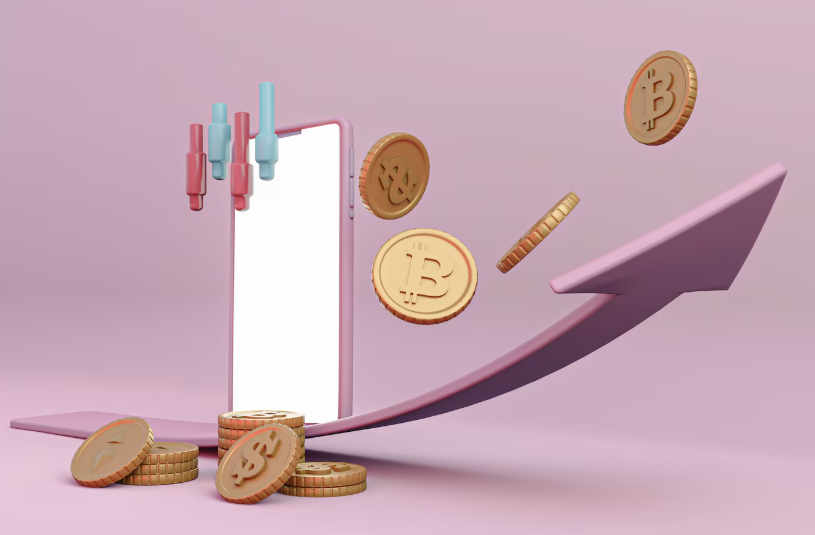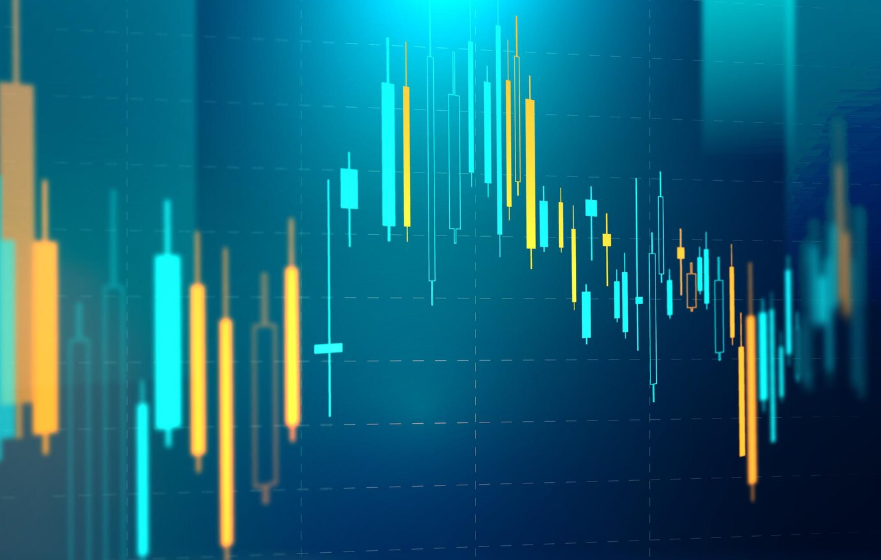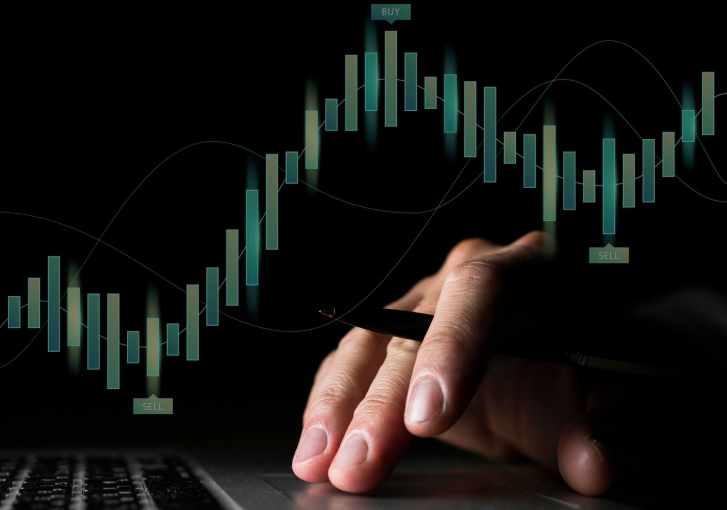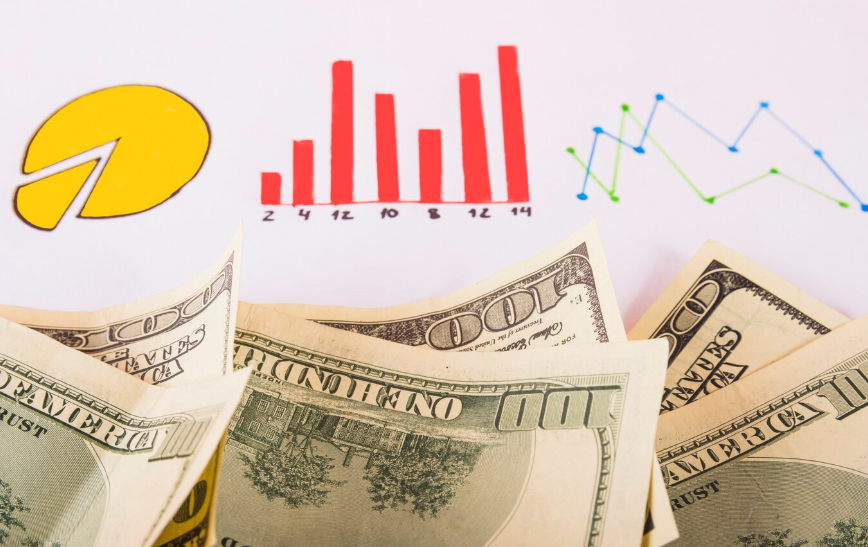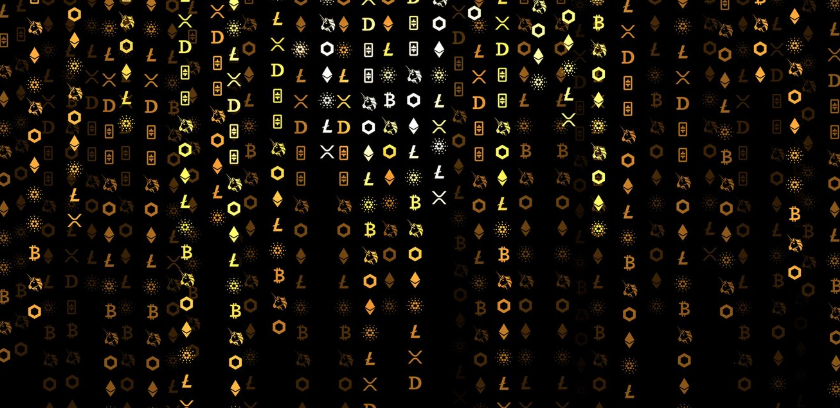In 2025, our digital lives are a firehose of information. From endless social media feeds to breaking news alerts, streaming service suggestions, and an ever-growing inbox, we are constantly bombarded with content. This phenomenon, often dubbed “content overload,” leaves many of us feeling overwhelmed, drained, and ironically, less connected despite being more “online” than ever.
Amidst this digital deluge, a philosophy has gained significant traction: Digital Minimalism. But is it merely another fleeting trend, or could it be the much-needed antidote to our content-saturated existence?
What is Digital Minimalism?
Coined and popularized by author Cal Newport, digital minimalism isn’t about abandoning technology altogether. Instead, it’s a philosophy that advocates for a thoughtful and intentional approach to our digital tools. At its core, it’s about:
- Less is More: Reducing your digital footprint to only the tools that serve your deepest values and goals.
- Intentional Use: Engaging with technology purposefully, rather than habitually or out of obligation.
- Focus on High-Value Activities: Prioritizing tools that genuinely enrich your life and contribute to your well-being, while ruthlessly cutting out those that distract or deplete you.
How Digital Minimalism Tackles Content Overload
Digital minimalism directly confronts content overload by challenging the passive consumption model that most digital platforms encourage:
- Reduced Inputs: The first step is often a “digital declutter.” This involves unsubscribing from unnecessary newsletters, muting irrelevant group chats, turning off non-essential notifications, and even deleting social media apps that don’t add significant value. By consciously reducing the sheer volume of information vying for your attention, you immediately feel a sense of relief.
- Intentional Consumption: Rather than mindlessly scrolling through feeds, digital minimalism encourages a shift towards active, purposeful engagement. If you decide to use social media, it’s for a specific reason – to check on a particular friend, share a meaningful update, or find information. This conscious interaction replaces the endless, often unsatisfying, passive consumption.
- Reclaiming Time and Attention: By strategically pruning your digital life, you reclaim precious hours and mental bandwidth. Imagine the cumulative time spent doomscrolling or jumping between apps. Digital minimalism frees up this cognitive space, allowing you to redirect your attention towards activities that genuinely matter: hobbies, real-world connections, creative pursuits, or simply quiet reflection.
- Improved Focus and Well-being: The constant influx of content fragments our attention and can contribute to anxiety, stress, and even depression. By creating boundaries and reducing digital clutter, practitioners often report enhanced focus, improved sleep, reduced feelings of anxiety, and a greater sense of presence in their non-digital lives.
Is It a “Cure”?
While digital minimalism offers a powerful framework for managing content overload, calling it a complete “cure” might be an overstatement. It’s not a magic pill that instantly eradicates all digital pressures. Instead, it’s an ongoing practice that requires conscious effort and discipline.
The “cure” aspect lies in its ability to empower individuals to regain control over their digital lives, rather than being controlled by them. It shifts the power dynamic, allowing you to decide when, how, and why you engage with technology, rather than succumbing to the default settings and addictive design patterns of platforms.
Practical Steps to Get Started:
If you’re feeling overwhelmed and curious about digital minimalism, here are a few simple steps to begin:
- Conduct a Digital Audit: List all the digital tools and platforms you use regularly. For each, ask: “Does this truly serve my values, or is it a distraction?”
- Turn Off Notifications: Start by disabling all non-essential notifications on your phone and computer.
- Create “No-Phone” Zones/Times: Designate specific areas (e.g., bedroom) or times (e.g., first hour of the morning, during meals) where digital devices are off-limits.
- Declutter Your Digital Space: Unfollow accounts that don’t add value, unsubscribe from excessive emails, and delete apps you rarely use.
- Schedule Your Digital Time: Instead of checking endlessly, set specific times for checking email or social media.
In an era of relentless content production, digital minimalism isn’t about shunning technology, but about using it wisely. It offers a compelling path towards a more intentional, focused, and ultimately, more fulfilling life, free from the incessant demands of content overload. It might not be a cure-all, but it’s certainly a powerful prescription for digital well-being.

